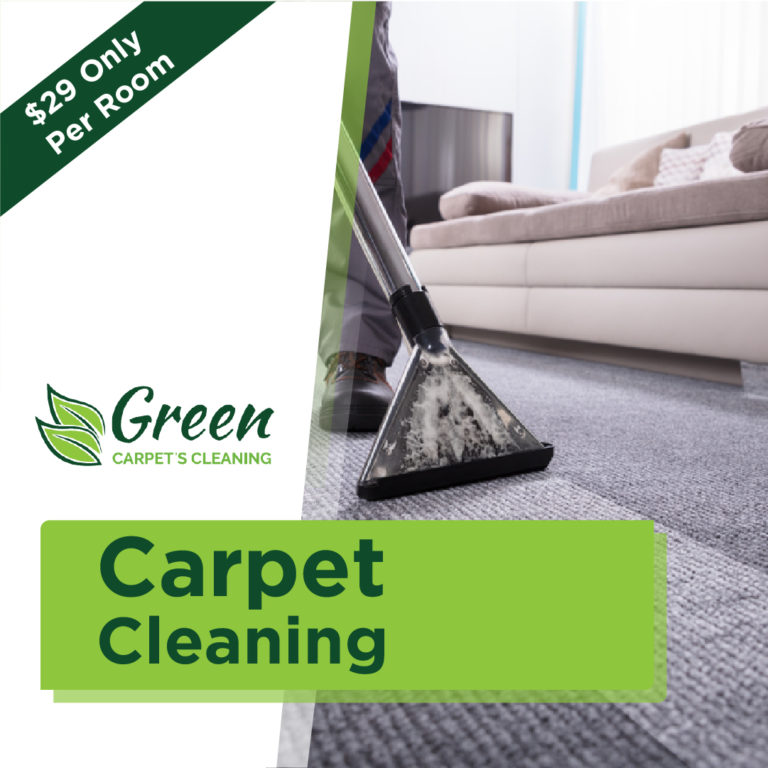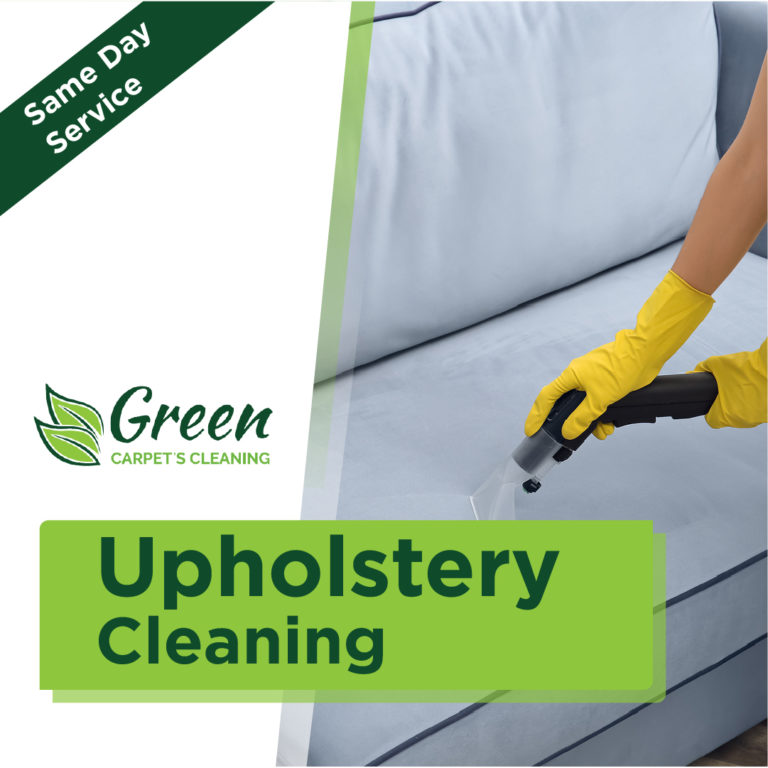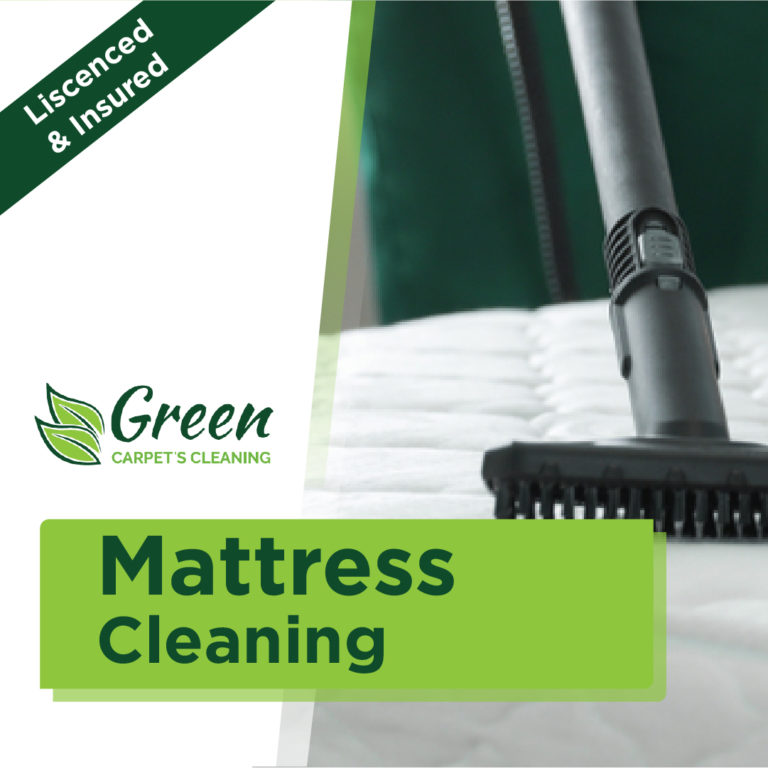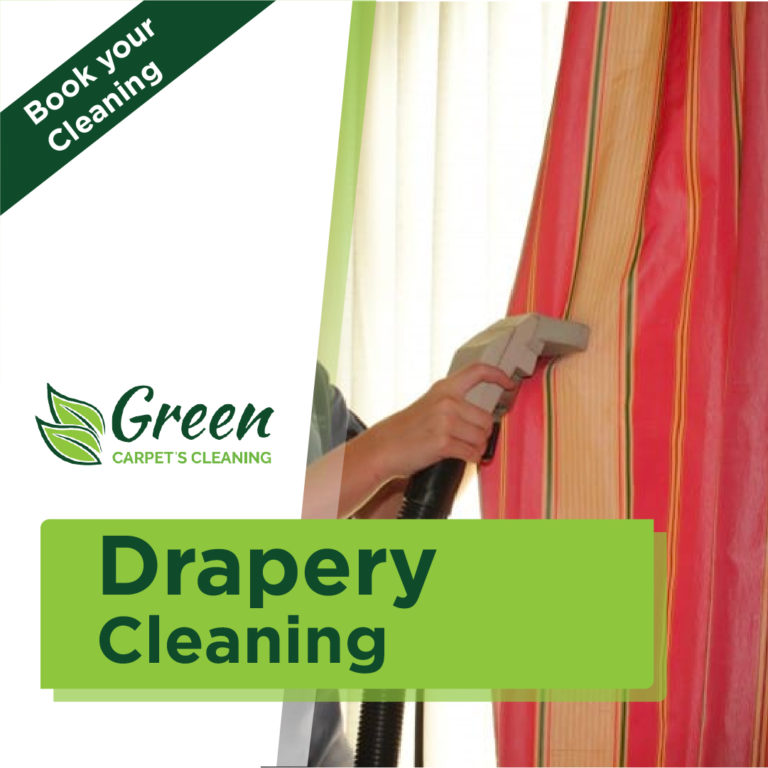Different Methods for Preventing Mold Growth on Carpet
Allergens, materials that can cause allergic reactions, are produced by mold and mildews, along with dangerous irritants and, in many cases, potentially harmful substances called mycotoxins. Sensitive people may develop allergies after coming into contact with mold and mildew or mold and mildew and mold spores through breathing or touching. Sensitive responses can manifest as hay fever-like symptoms, such as a runny nose, itchy eyes, and a rash.
Many homeowners avoid putting carpets in their storage areas because of the risk of mold growth. Despite appearances to the contrary, cellars are notoriously humid environments. Over time, mild humidity in the mostly enclosed setting of a cellar can trigger problems for carpets and also other products. Mold and mildew can grow from a variety of different materials, not just moisture.
There’s a lot of mildew and mold growing on people’s hatred for each other. Depending on the circumstances, they may be timely or delayed. People who are allergic to mold or mildew may also experience an increase in the frequency and severity of their attacks when exposed to mold. Direct exposure to mold and mildew can irritate the eyes, skin, nose, throat, and lungs, and this is true for both mold-allergic and non-allergic people. While allergic and irritant reactions are the most commonly reported problems brought on by mold and mildew exposure, other symptoms are possible.
Mold and mildew flourish in dirty carpets for two reasons. Mold and mold spores make up the bulk of the dust at first. Second, there is water in the dirt. Soil mold is common because of the high humidity and rainfall in the area.
Keeping the carpeting extremely dry is one way to stop mold from growing again. Having good airflow and less humidity in the area is essential. Regular vacuuming is also required. The use of an air purifier designed to capture mold and mildew spores can be helpful, as well. Mold spores in the air can be eliminated with the help of air purifiers fitted with HEPA filters or other similar air filtration modern technology.
To prevent mold and mildew growth on carpeting in damp environments like basements, attics, and other similar places, you can take a few simple precautions.
In most cases, relative humidity of 65% or less is best for preventing mold growth in carpeting. In a calm area, you can decrease the humidity by running a portable dehumidifier or allowing air to circulate by leaving windows and doors open as needed. However, if the moisture levels outside are high, you should not open the windows.
Carpets can get ruined by mold and mildew if kept in rooms with temperatures of 80 degrees Fahrenheit or higher. Air conditioning, whether it be window-mounted or centrally located, can be useful for lowering the temperature and relieving the humidity.
Although there is no universally accepted definition of “clean,” it is recommended that carpets be vacuumed once a week to prevent the buildup of mold and mildew.
Wool, an organic carpet material, is more susceptible to mold growth than nylon or olefin, which are inorganic synthetics.
The best method of control for carpet mold is, as with other areas of the indoor environment at risk for mold and mold development, to prevent its introduction in the first place. Reducing the likelihood of development can be achieved by eradicating high-moisture conditions and protecting against the risk of flooding or standing water.
If mold and mildew have grown on carpeting, it is usually impossible to clean them. The carpeting will likely need to be replaced if growth has occurred in more than one area or if there is a sizable area of growth.
To avoid this, you should hire a professional carpet cleaning service, such as Green Carpet’s Cleaning, because they are well-versed in the subject and provide the most effective carpet cleaning. Book now for a Same Day Carpet Cleaning Oakley Oakley Service.














